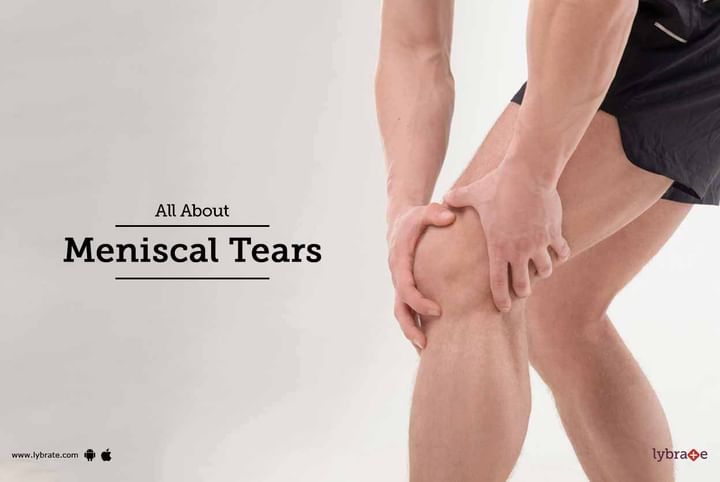All About Meniscal Tears
A meniscal tear is a typical injury occurring in the knee. The meniscus resembles a C-shaped plate (cartilage) that is rubbery in nature and pads your knee. Every knee contains two menisci, one each at the external and internal edge. The menisci helps in keeping your knee firm by adjusting your weight over the joint. A torn meniscus could keep your knee from working properly.
A meniscal tear is typically brought about by turning or twisting immediately, usually with the knee being twisted while the foot is firmly fixed. Meniscus tears occur in case one lifts heavy objects or during playing or other physical sports. The meniscus gets worn as you grow older. This can damage all the more effortlessly.
Symptoms:
The symptoms of meniscal tears include:
- Swelling
- Pain in the knee
- A tendency of knee to 'lock' or get stuck
- Popping sensation during the injury
- Difficulty in straightening and bending of the knee
Although there might not be much pain initially, but as the inflammation occurs, severe pain will be felt. A thorough examination would be conducted by the doctor where he would evaluate your injury and details of the x-rays. In severe cases, MRI scans might be required.
Treatment:
Details about the location and size of the tear would affect the treatment. In case the tear is small, the outer portion of the meniscus, also known as the 'red zone' is capable of healing itself on account of its healthy power supply. On the other hand, the 'white zone' which consists of the inner two-third part of the meniscus does not have a good supply, thus rendering the tear occurring in this region is incapable of healing by themselves.
Surgery is not required for all meniscal tears. Nonsurgical treatment is sufficient if the knee is stable and non locking. Recovery can be sped up by performing the following actions on the knee:
- Ice should be applied regularly to limit swelling and it is advised to be continued till the pain is relieved.
- Elevating: This should be done using a pillow while sitting or lying down.
- Compressing: A neoprene type sleeve or an elastic bandage should be used to limit the swelling.
- Resting: Limit exercises to walks if the knee hurts. Crutches should be used to soothe the pain.
- Medications: Consuming anti-inflammatory medications
In case you have a concern or query you can always consult an expert & get answers to your questions!



+1.svg)
